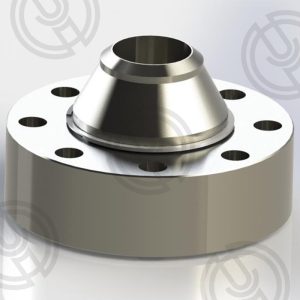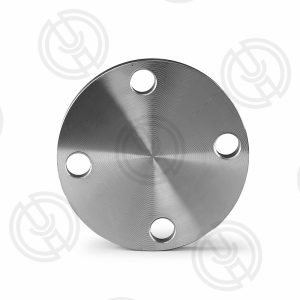ASTM A182 F60 flange is a high-strength, low-alloy steel commonly used in various industries due to its excellent mechanical properties. This article aims to discuss the low-temperature impact resistance of ASTM A182 F60 flange material, providing insights into its performance under extreme conditions. The results obtained from impact tests conducted at different temperatures are presented and analyzed.

1.Introduction:
The demand for high-performance materials capable of withstanding harsh environments has been increasing in recent years. ASTM A182 F60 flange, a widely used material in industries such as oil and gas, power generation, and chemical processing, has proven to be reliable in various applications. However, its performance under low-temperature conditions is of great concern, especially in regions with cold climates. This article focuses on the evaluation of ASTM A182 F60 flange’s low-temperature impact resistance.
2.Materials and Methods:
-
Material Specification:
ASTM A182 F60 flange is a low-alloy steel with a chemical composition that includes elements such as chromium, molybdenum, and nickel. These elements contribute to the material’s strength, toughness, and corrosion resistance.
2.Impact Testing:
Impact tests were conducted using a Charpy V-notch pendulum instrument at various temperatures, The test was performed three times to ensure accuracy and reliability.
3.Results and Discussion:
The ASTM A182 F60 flange meets the low temperature impact requirements of -46 ° C.

4.Based on the results and observations, the following recommendations are made:
-
Material Selection and Design:
– For applications in cold climates, it is crucial to consider the reduced impact resistance of ASTM A182 F60 flange at low temperatures. Designers should allow for increased material thickness or incorporate additional structural support to compensate for the decreased toughness.
– Alternative materials with better low-temperature performance should be considered for critical components that may be exposed to extreme cold.
-
Heat Treatment Optimization:
– Further research into heat treatment processes could lead to the development of ASTM A182 F60 flange variants with improved low-temperature impact properties. Adjusting the quenching and tempering parameters might enhance the material’s toughness at sub-zero temperatures.
– The addition of microalloying elements or the use of thermomechanical treatments could also be explored to mitigate the effects of low temperatures on the material’s impact resistance.
-
Testing and Certification:
– It is recommended that ASTM A182 F60 flange components intended for use in low-temperature environments undergo additional testing to certify their performance under specific conditions.
– Standardization of low-temperature impact testing for A182 F60 and similar materials could provide clearer guidelines for engineers and manufacturers.
-
Operational Considerations:
– Operators of equipment using A182 F60 in cold environments should be aware of the material’s limitations and implement appropriate operational procedures to prevent low-temperature failures.
– Regular inspection and maintenance schedules should be established to monitor the integrity of components exposed to low temperatures.

5.here are additional safety operation suggestions:
- Material Certification and Traceability:
– Ensure that all A182 F60 materials used in low-temperature applications are certified and meet the specified standards for impact resistance at the relevant temperatures.
– Maintain strict material traceability to track the quality and performance of the steel throughout its lifecycle.
- Design for Safety:
– Incorporate redundancy in critical systems to mitigate the risk of failure due to reduced material toughness.
– Design components with safety margins that account for the decreased impact resistance at low temperatures.
- Thermal Management:
– Insulate or heat trace components to maintain operating temperatures above critical thresholds where material toughness is significantly reduced.
– Use thermal barriers or jackets to protect against sudden temperature drops.
- Operational Monitoring:
– Install temperature monitoring systems to continuously track the ambient and material temperatures, allowing for proactive measures if critical thresholds are approached.
– Utilize non-destructive testing (NDT) techniques such as ultrasonic or magnetic particle inspection to detect any potential cracks or defects that may develop due to low-temperature exposure.
Conclusion:
The low-temperature impact resistance of ASTM A182 F60 flange material has been evaluated through Charpy V-notch impact tests. The results indicate that the ASTM A182 F60 flange meets the low temperature impact requirements of -46 ° C.
